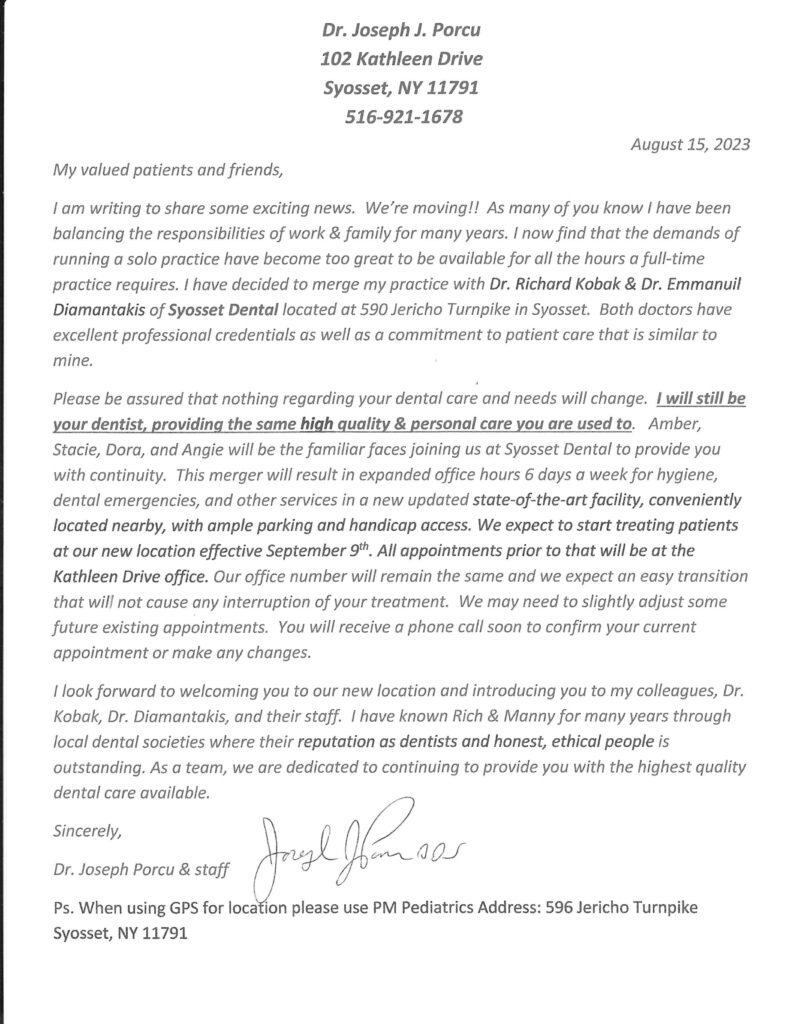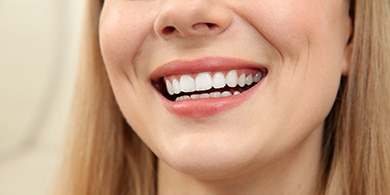 A tooth that’s been damaged in any way can become a serious problem for your oral health, even if the damage seems minor at first. That’s why fixing a damaged tooth as soon as possible is always the preferable way to deal with it. Yet, the goal of your treatment isn’t just to fix the damage, but also to help you preserve as much of your healthy, undamaged tooth structure as possible. With tooth bonding, fixing your tooth conservatively can be a much more efficient process, and its highly cosmetic appearance can make your tooth bonding virtually undetectable from the rest of your smile.
A tooth that’s been damaged in any way can become a serious problem for your oral health, even if the damage seems minor at first. That’s why fixing a damaged tooth as soon as possible is always the preferable way to deal with it. Yet, the goal of your treatment isn’t just to fix the damage, but also to help you preserve as much of your healthy, undamaged tooth structure as possible. With tooth bonding, fixing your tooth conservatively can be a much more efficient process, and its highly cosmetic appearance can make your tooth bonding virtually undetectable from the rest of your smile.
How bonding a tooth works
Bonding a tooth is the process of applying of a small amount of tooth-colored composite resin to its surface, then hardening and polishing the resin after it’s been sculpted. In many cases, tooth bonding is recommended for improving a tooth’s cosmetic appearance when it’s been significantly blemished. The resin can correct the issue, and because it mimics your tooth’s natural color, it remains discreet after it’s been placed. However, for certain types of tooth concerns, bonding composite resin to your tooth can also help improve the tooth’s strength and integrity.
Using composite resin to fix a tooth
Some tooth concerns can be considered both cosmetic and functional, depending on their nature. For example, a severely discolored tooth might look unhealthy, but many times, it isn’t an indication of any serious tooth problem. However, issues such as chipped teeth or light cracks in a tooth’s surface can eventually lead to much more serious harm to your tooth if left untreated. Tooth bonding can often be utilized to address such issues, as well as concerns such as excessive spaces between teeth, extreme tooth wear, cavity development, and much more.
The advantages to minimally invasive treatment
The main advantage to keeping any dental treatment minimally invasive is that this also means keeping your treatment simple. Also, conservative treatment techniques mean minimizing any permanent changes to your natural tooth structure, which could have long-lasting impacts on your oral health and bite function. While bonding a tooth can address a wide range of concerns with optimal results, the process is also minimally invasive in that it doesn’t require altering your tooth structure to accommodate it. This is a significant benefit compare to other restorative options, such as placing a dental over the tooth.
Learn if bonding your tooth can fix it
When your tooth structure is damaged, biocompatible tooth bonding might offer a minimally invasive way to repair and restore it. To learn more, contact our office by calling Syosset Dental in Syosset, NY, today at 516-433-2211 or 516-921-1678.











